April, while not as exciting a migratory month as May is in the northeastern United States, is still a great time of year to see migrating birds. Wood-warblers, those brightly-colored attention-whores of spring, have most birders swooning, but their numbers don’t really pick up until May. Sparrows, on the other hand, seem to make the most of the lamb-like weather left over from the end of March and make their move northward while wistful, wood-warbler-wishing birders have seen few of their quarry.
In the New York City area the number and variety of sparrows a birder can see in mid-April is astounding. Last weekend in Central Park I managed to see nine species of sparrow in about four hours (ten if you count House Sparrows, which, of course, aren’t actually sparrows), and I missed the reported rarity (a Vesper Sparrow). I was lucky in that most of the wintering species hadn’t left yet but a bunch of species that spend the cold months further south had already arrived. So what species, exactly, can a birder expect to see with reasonable effort in mid-April in New York City? Well, keep reading and I’ll let you know…
Swamp Sparrow
The Swamp Sparrow above is one of the species that has moved into the area over the last week or so. They can be found virtually anywhere the ground resembles, well, a swamp. The mucky wet edges of ponds, particularly if they are heavy with vegetation, are good as are the edges of small streams or even puddles in the woods! They should be easily recognizable and not at all confusable with another red-capped sparrow that has been arriving of late, the Chipping Sparrow.
Chipping Sparrow (both above and below)
Though the picture above was taken at a feeder last year one is more likely to encounter Chipping Sparrows in open fields during migrations, especially if the grass is really worn down. They are often flighty and difficult to approach. Note the bright white between the red cap and the eye: if your Swamp Sparrow has that bright white line then it isn’t a Swamp Sparrow! The only other sparrow one might be worried about confusing the two species above with is the American Tree Sparrow, which also sports a jaunty red cap, but they have pretty much all left for the north by now and can be differentiated by the central dark dot on their breast.
The other two sparrows that have been around all winter and are now starting to move out are Dark-eyed Juncos and White-throated Sparrow. Both have been singing an awful lot of late, the juncos with a twittery trill and White-throated Sparrows with their “Old-man-Peabody-Peabody-Peabody.” Enjoy them while they are still around in the bushes and shrubs because the juncos are already thin on the ground and it can’t be long before the sparrows follow the juncos north.
White-throated Sparrow
While the birds mentioned above are heading north others are just arriving in the area. Savannah Sparrows can be found foraging in the same type of open habitats that Chipping Sparrows prefer while big rufous Fox Sparrows seem to prefer habitat like a Swamp Sparrow as they mostly move through quite quickly (though some do winter over). Savannah Sparrows have a yellow supraloral spot and are a more delicate bird in appearance than a White-throated Sparrow so they should be easy to distinguish and as for Fox Sparrows, well, one is more likely to confuse them with a thrush than with another species of sparrow.
Fox Sparrow
Like the Fox Sparrow above some Eastern Towhees, another sparrow without the sparrow name, spend the winter around the area. Others migrate in about now to set up their breeding territories while still others continue further north to breed. If one can’t figure out it is a towhee by the bird demanding “Drink your tea!” from the thick brush than one has to be able to tell it is a towhee when it says “towhee” over and over again. If one is still in doubt, well, one look will quickly clinch the identification.
Other sparrows that are on their way or will soon be making their way through include Field Sparrows, Lincoln’s Sparrows, and White-crowned Sparrows, although the latter two are more on a wood-warbler-like schedule.
Field Sparrow
And, of course, there is the ubiquitous Song Sparrow, some of which winter, many of which move into the area, and many more move through on their way north. I won’t even get into the Ammodramus sparrows.
Song Sparrow
I hope this short primer on sparrows in and around New York City was helpful. Now get out there and get looking, no, at the sparrows, ignore that wood-warbler!!! Some birders…
…
This post was first published in April of 2008 (though I have added and changed a few images) but a post like this is too cool to keep hidden in the archives!
………

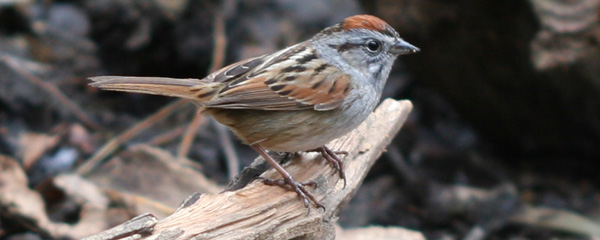
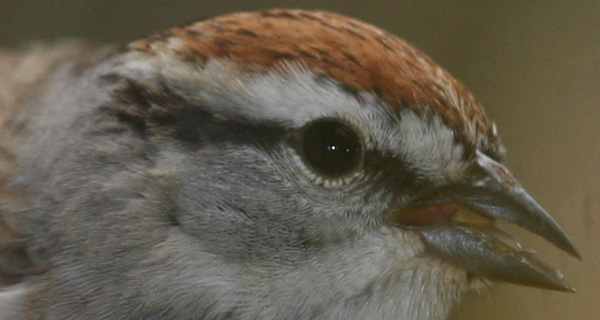
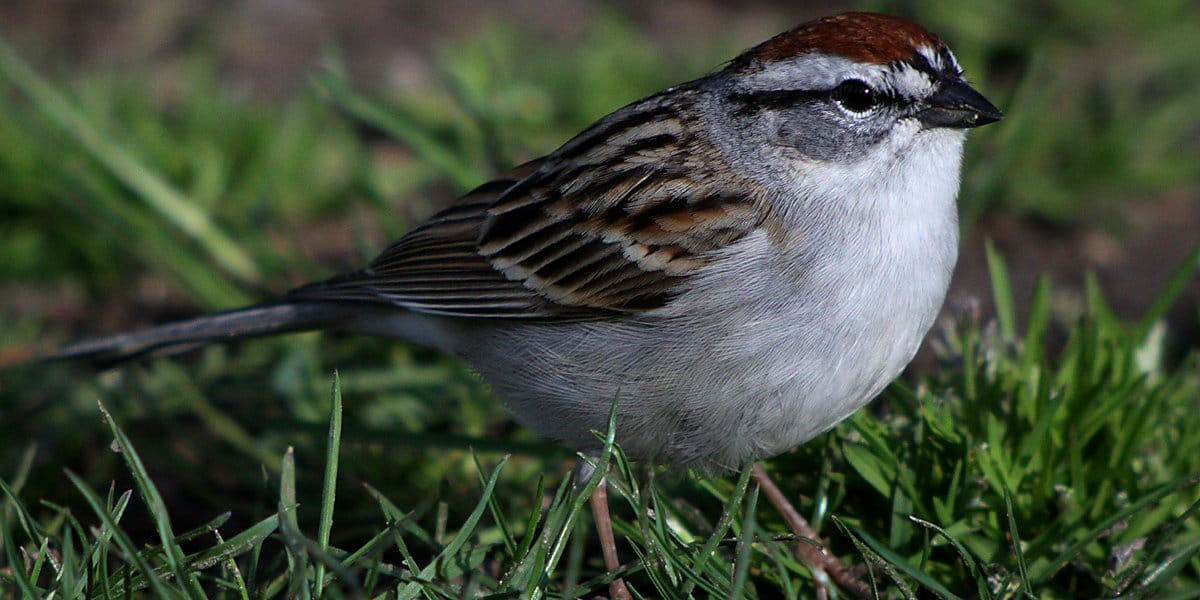
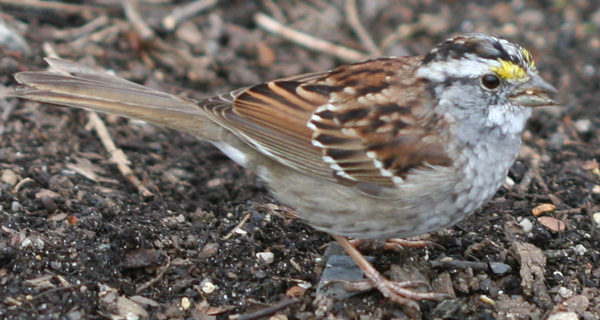
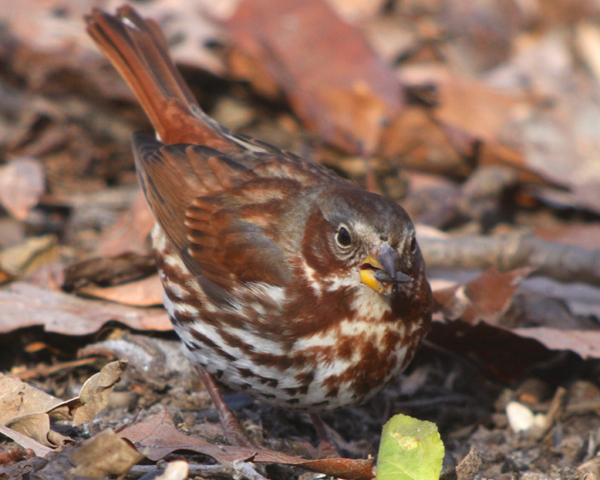
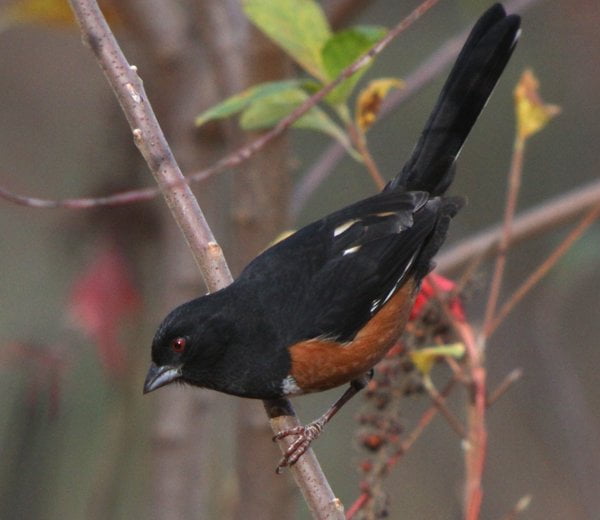
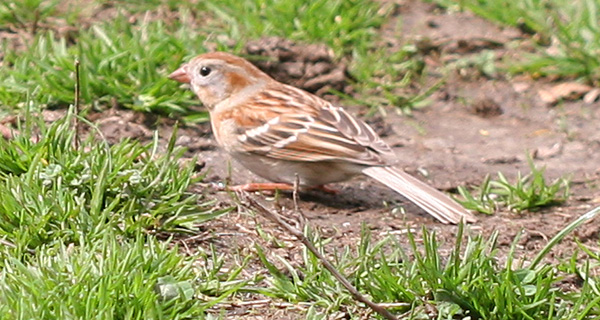
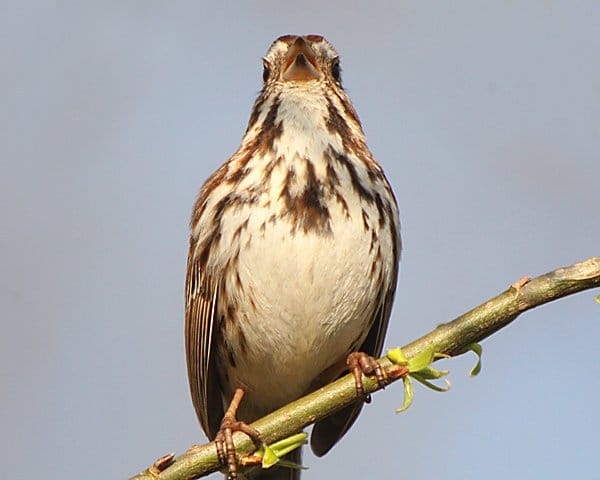










“…House Sparrows, which, of course, aren’t actually sparrows”
That, Corey, is a severe insult to all non-American birders! Our House Sparrow is one of the TRUE sparrows (Passeridae), whereas YOUR sparrows aren’t sparrows at all, they are BUNTINGS (Emberizidae)! And that holds true besides the fact that your “sparrows” rock more than ours, but our buntings are more fancy than your sparrows, although some of your buntings, which aren’t buntings actually but belong to the Passerinae, would match ours.
Made that clear?
I am hurt.
Deeply so.
Severely.
Yours truly…
Oh, and incredible pics, by the way… 😉